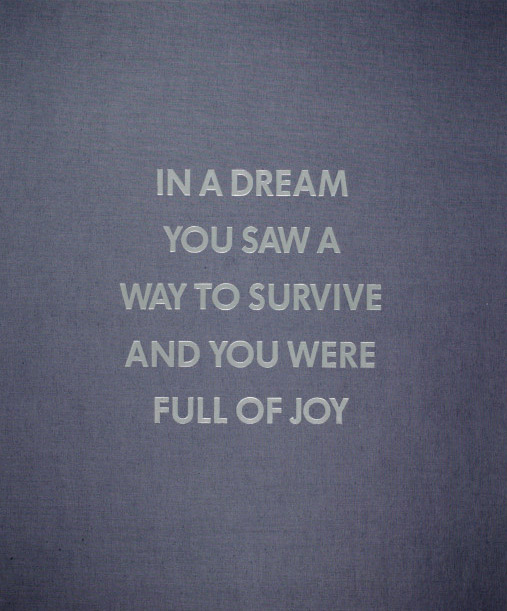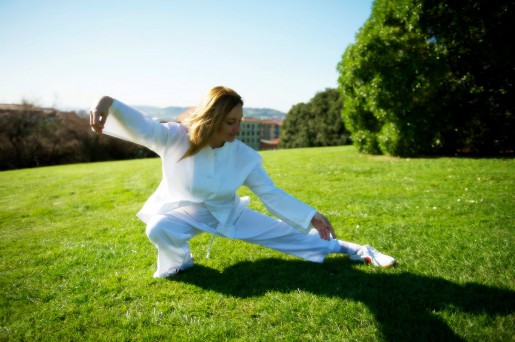
I have studied and become intimate
with the speed of darkness. It’s so fast
it’s always here. When the light withdraws
the dark comes from no place. It always lives
with us. Your heart and brain are black.
They never see the true light except in violence
or autopsy. Of course the brain can cast
its own blinding light that we wait for in a poem,
at least blinding to us. In our trances the loves
of long ago enter the room unescorted, silent
perhaps from the black bottom of the ocean
where we all die in perfect darkness, a sense
of whirling that recedes back to the time
the ocean swallowed the smallest stars
then heated us into our early life.
Darkness is always there,
it only stands revealed.




